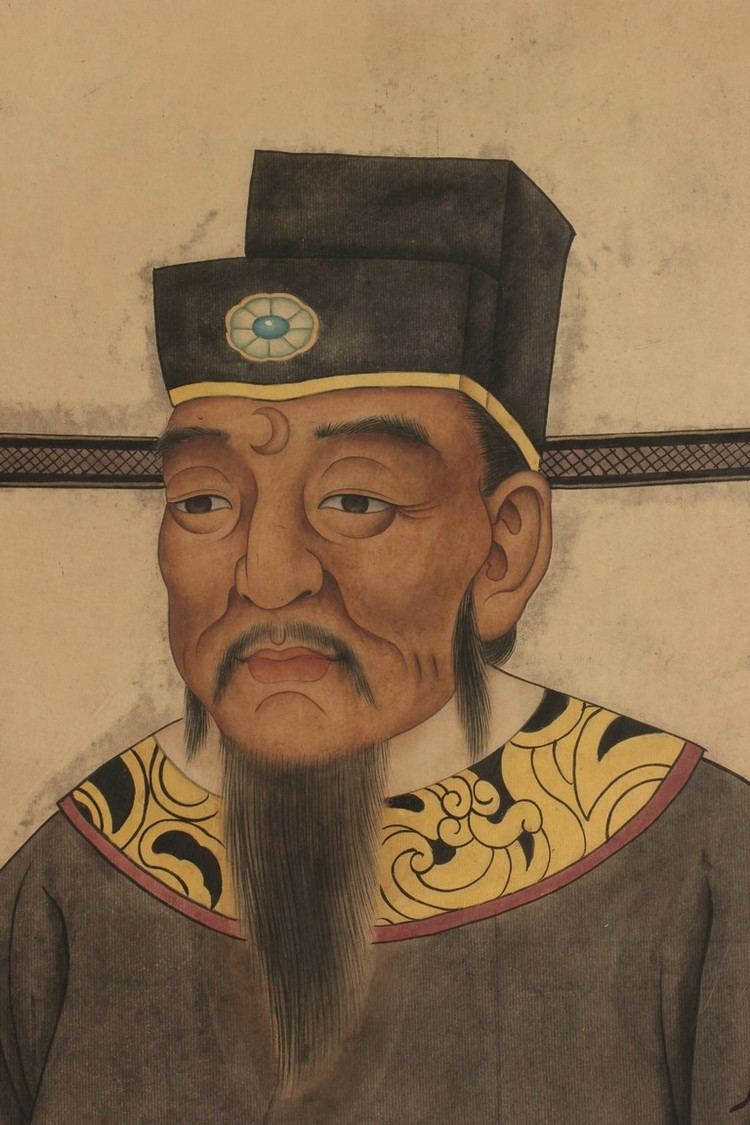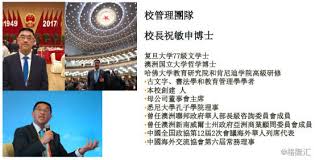The Law of the People's Republic of China on Safeguarding National Security in HKSAR,states,among other things:
Article 37 This Law shall apply to a person who is a permanent resident of the Hong Kong Special Administrative Region or an incorporated or unincorporated body such as a company or an organisation which is set up in the Region if the person or the body commits an offence under this Law outside the Region.
Article 38 This Law shall apply to offences under this Law committed against the Hong Kong Special Administrative Region from outside the Region by a person who is not a permanent resident of the Region.
Note that Article 37 of The Law does not say "incorporated" but rather "set up" in the SAR. Even if the Mr Bathurst (who was once this Australia's leading commercial silks) and the Law Council Of Australia feel they can formulate words that can exempt Zhu Misnhen's Top Education Group and its Sydney City School Of Law from the operation of The Law, they would be naive to think that their formulation is going to mean anything in China.
In any event, Article 38 provides for the application of The Law to persons who are not permanent residents.
Australian law schools have had a reputation for fearless examination of laws anywhere. Similarly Australian societies of lawyers, including the Law Council Of Australia and the Australian Bar Association have been free in their criticism of foreign governments. The matter of Zhu Minshen's Top/Sydney City School Of Law will change all that for two reasons.
First, an Australian law school, its students and lecturers can be subject to prosecution pursuant to a foreign security law.
Second, enforcement, either directly or indirectly, can be affected given Top's HK listing. Indirect enforcement can include pressure of Zhu and his associate to impose sanctions against students and lecturers who have angered the Chinese Government or the Chinese Communist Party.
TO BE READ WITH










